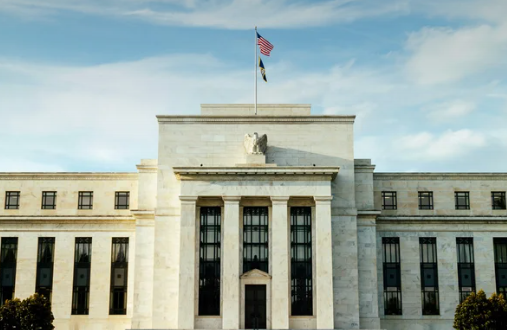
Monetary Policy & Inflation | US

Monetary Policy & Inflation | US
Even though Chair Powell moved the markets more than I expected, markets continue to underprice the 2023 and 2024 FFR.
This article is only available to Macro Hive subscribers. Sign-up to receive world-class macro analysis with a daily curated newsletter, podcast, original content from award-winning researchers, cross market strategy, equity insights, trade ideas, crypto flow frameworks, academic paper summaries, explanation and analysis of market-moving events, community investor chat room, and more.
As consensus and I expected, the Fed stayed on hold. The new SEP showed:
During the presser, Chair Powell highlighted the ‘meaningful rebalancing in the labor market without an increase in unemployment’, evidenced by a lower ratio of job openings per unemployed (Chart 1). He attributed it to a decline in the natural rate of unemployment, which explained why the SEP showed little increase in unemployment over the forecast period. It is striking that despite this very optimistic take on the labour market, the Fed is still planning an additional 2023 hike.

During the presser, Powell acknowledged the risks to the outlook, namely oil prices, the UAW strike, and the government shutdown. He discussed two of them:
The UAW strike: Powell stated that ‘it could affect economic output, hiring and inflation, but that’s going to depend on how broad it is and how long it’s sustained for. And it also depends on how quickly production can make up for lost production.’
Higher energy prices: Powell believes ‘they can affect spending and consumer expectations about inflation. But so the question is how long will higher prices sustain?’ Powell did not expand, but I expect Fed speakers over the next few weeks to show that there is no internal FOMC consensus yet on whether the current oil price rally has staying power.
Nevertheless, Powell stressed ‘you are coming into this with an economy that appears to have significant momentum’, which likely is why the Fed is expecting to hike one more time in 2023.
During the presser, Chair Powell highlighted the uncertainty surrounding the value of short-term R*, stating that ‘it’s certainly plausible that the neutral rate (i.e., short-term R*) is higher than the longer run rate’. Powell further explained that ‘you know sufficiently restrictive only when you see it. It’s not something you can arrive at with confidence in a model or in various estimates’.
The SEP has pegged the long-term FFR at 2.5% since June 2019, and Powell’s comments suggest it is unlikely to change it anytime soon. Any positive revisions to the long-term rate are likely to take place ex-post, i.e., only after many months, possibly years, of stable, 2% inflation with the actual FFR above the long-term rate.
I did not expect Chair Powell to move markets as much as he did. While the December 2023 OIS-based FFR was up only 2bps, the December 2024 FFR rose 13bps relative to Tuesday’s close. The market currently prices only a 30% chance of a November hike and a 50% cumulative probability of a full hike by December 2023.
A November hike continues to be my base case, based on the next two inflation prints staying close to the Fed forecast of about 25bps MoM for core PCE. That said, there is a risk that the economy could hit an air pocket in October, due to the resumption of student loan repayments, the end of the weather-related tax relief, and a government shutdown that appears increasingly likely (I will discuss these in future research). Based on how those risks play out, the Fed could hike in December rather than November, but that is not my base case.
Since market participants generally do not believe that the current data prints justify an extra 2023 hike, I expect Fed speak, rather than data releases, to bring the market closer to the SEP.
In addition, the Fed sticking to its framework. It is keeping one extra 2023 hike because inflation is behaving as it expects. This suggests to me that if 2024 disinflation disappoints, the Fed will hike, rather than cut. That is, the Fed will not ignore data showing that core PCE is not slowing to the 2.6% it expects by end-2024.
Based on my expectations that core inflation will remain sticky around 4%, I expect the Fed to gradually resume hiking around mid-2024. For instance, the Fed could hike every other meeting starting in June 2024, i.e., three times. This compares with about three cuts currently priced in.
Spring sale - Prime Membership only £3 for 3 months! Get trade ideas and macro insights now
Your subscription has been successfully canceled.
Discount Applied - Your subscription has now updated with Coupon and from next payment Discount will be applied.